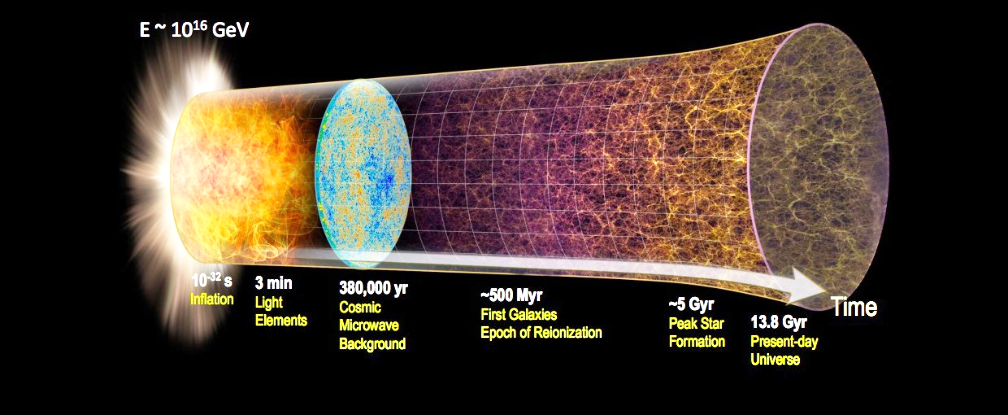
NASA has selected Space Exploration Technologies (SpaceX) of Hawthorne, California, to provide launch services for the Spectro-Photometer for the History of the Universe, Epoch of Reionization, and Ices Explorer (SPHEREx) mission.

SPHEREx is a planned two-year astrophysics mission to survey the sky in the near-infrared light, which, though not visible to the human eye, serves as a powerful tool for answering cosmic questions involving the birth of the universe, and the subsequent development of galaxies.
It also will search for water and organic molecules – essentials for life as we know it – in regions where stars are born from gas and dust, known as stellar nurseries, as well as disks around stars where new planets could be forming. Astronomers will use the mission to gather data on more than 300 million galaxies, as well as more than 100 million stars in our own Milky Way galaxy.
The total cost for NASA to launch SPHEREx is approximately $98.8 million, which includes the launch service and other mission related costs.
The SPHEREx mission currently is targeted to launch as early as June of 2024 on a Falcon 9 rocket from Space Launch Complex-4E at Vandenberg Air Force Base in California.

NASA’s Launch Services Program at the agency’s Kennedy Space Center in Florida will manage the SpaceX launch service. The mission, which is funded by the Astrophysics Division of NASA’s Science Mission Directorate at the agency’s headquarters in Washington, is led by the Explorer’s Program at NASA’s Goddard Space Flight Center in Greenbelt, Maryland. NASA’s Jet Propulsion Laboratory in Southern California is responsible for the mission’s overall project management, systems engineering, integration, and testing and mission operations.

